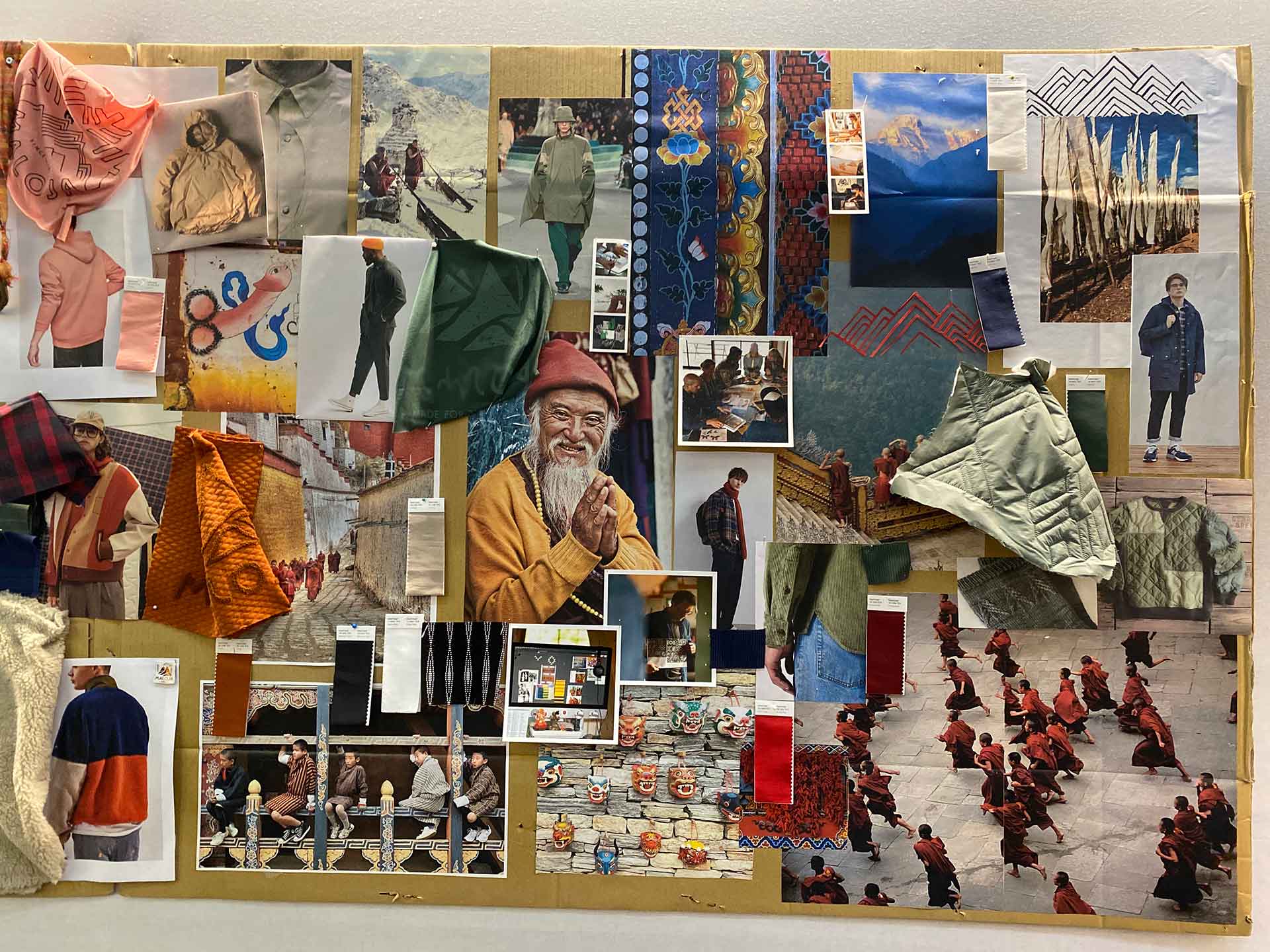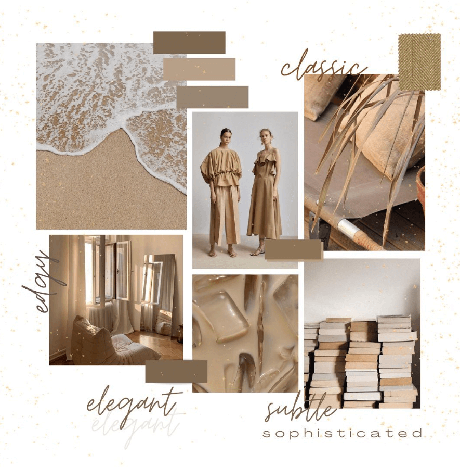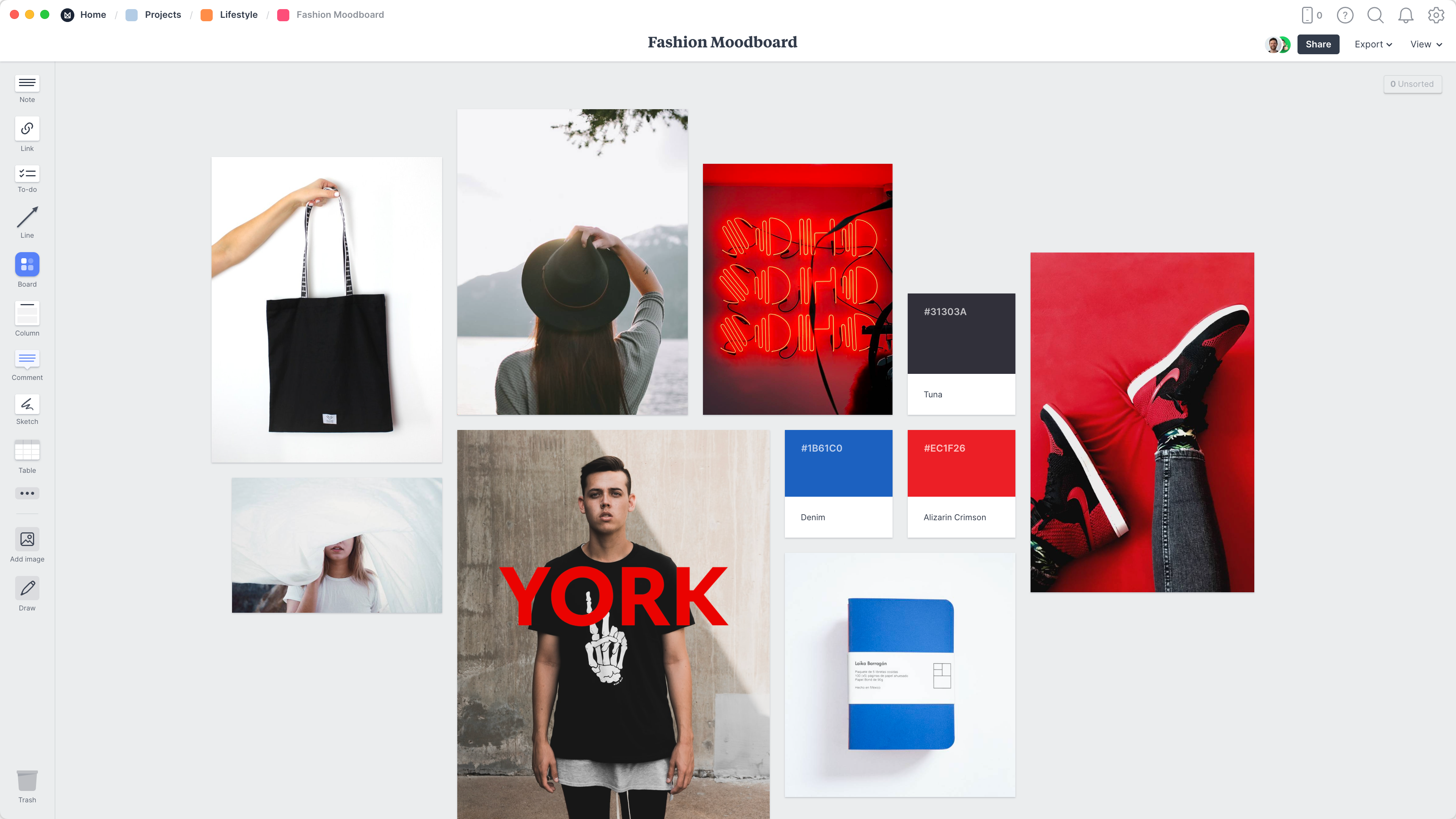Mood boards are an indispensable tool in the creative process of fashion design. They serve as a visual compilation of ideas, inspirations, colors, fabrics, and textures that help guide designers from conceptualization to final creation. Fashion mood boards encapsulate the vision behind a collection and facilitate effective communication among team members. Whether one is a seasoned designer or a novice in the field, understanding the value and function of mood boards can enhance creativity and streamline the design process.
Creating a fashion mood board begins with gathering inspiration from various sources. Designers often pull ideas from magazines, online platforms, nature, art, or even personal experiences. This phase is about collecting images, fabrics, and color swatches that resonate with the styling theme. As noted by Apparel Entrepreneurship, the primary goal during this initial stage is to encapsulate the intended emotion and aesthetic for the collection.

An example of a well-structured fashion mood board.
Source: Apparel Entrepreneurship
As the mood board comes together, designers must consider elements such as color theory and fabric types. Points of Measure emphasizes the importance of cohesiveness and alignment with the collection’s theme. For instance, a mood board for a summer collection might incorporate bright, vibrant colors along with lightweight and airy fabrics, creating an uplifting vibe.

A moodboard showcasing vibrant summer designs.
Source: Points of Measure
Moving from mood board to design requires careful analysis of the mood board components. According to Kerry O’Brine Women’s Wear, once designers create their boards, they can analyze how various elements can translate into designs. This process involves thoughtful consideration of how colors and textures work together to create visual harmony in garments.

Transitioning from mood board concepts to actual designs.
Source: Kerry O’Brine Women’s Wear
Mood boards also play a critical role in client presentations and gaining feedback. Designers utilize the boards to succinctly convey their vision, ensuring stakeholders possess a comprehensive understanding of the aesthetic intentions. Project Cece highlights how mood boards can assist in mindful shopping by streamlining the design vision into actionable steps for production and retail.

A sophisticated example of a fashion moodboard.
Source: Project Cece
For newcomers in fashion design, mastering the art of creating mood boards is essential. Online platforms like Milanote offer valuable templates and inspiration, facilitating the design journey by providing structured frameworks for visual brainstorming. Designers can quickly visualize and reshape their ideas using specialized tools that aid in rendering aesthetic board creations effectively.

An example of a moodboard template utilizing Milanote.
Source: Milanote
The versatility of mood boards extends beyond simple visual aids. They also assist in setting the stage for innovation, allowing for a vibrant dialogue between inspiration and creation. Many successful designers emphasize that mood boards are not merely tools but the foundation upon which entire collections are built.
To conclude, mood boards serve as the bridge between concept and execution in fashion design. They help clarify visions, inspire creativity, and facilitate collaboration among designers and stakeholders. The use of mood boards not only enhances the design process but also nurtures artistic integrity and a clear direction in fashion development.